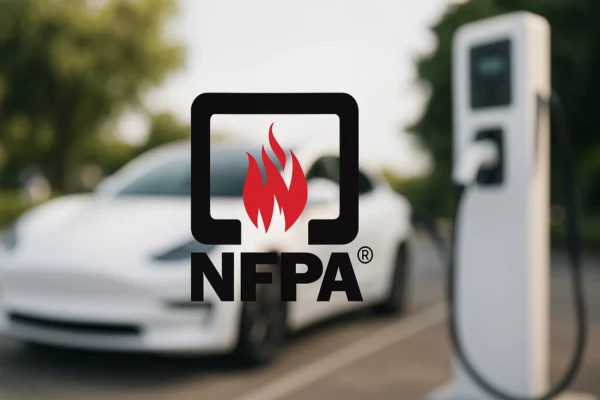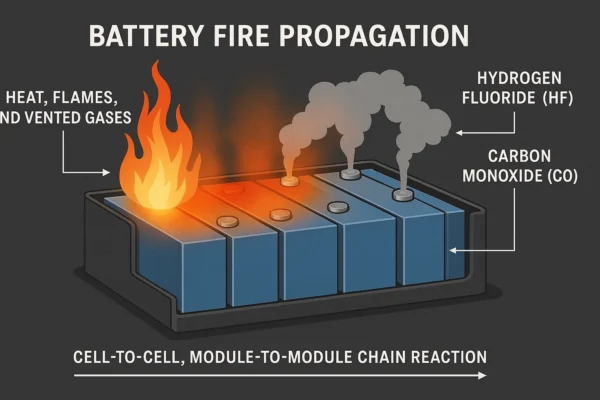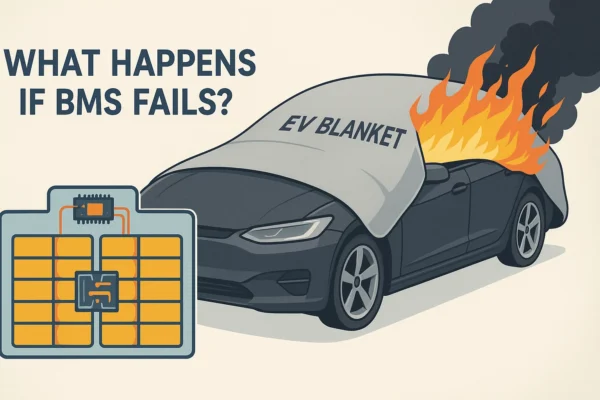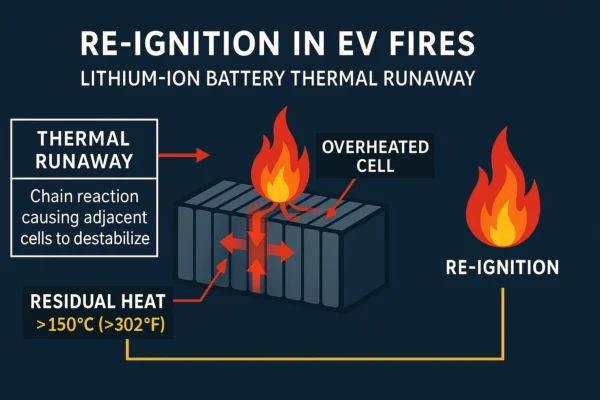In the early hours of June 4, a massive Ro-Ro ship, Morning Midas, carrying 3,000 vehicles, caught fire in the Pacific Ocean. The ship, which had departed from Yantai, China, was originally scheduled to arrive in Mexico by mid-June, carrying a variety of vehicles, including 70 electric vehicles (EVs) and 681 hybrid vehicles.
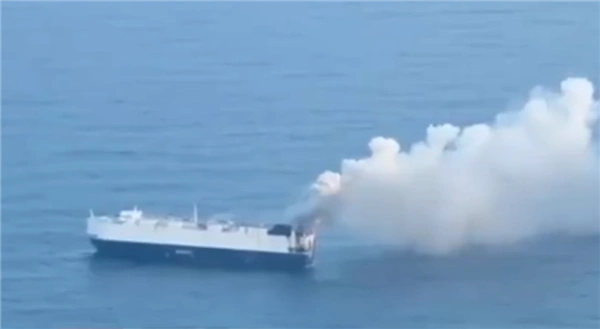
The fire broke out on the night of June 3 local time.
Crew members on board noticed smoke coming from the aft section of the deck on the ship. The crew immediately activated the onboard CO2 fire suppression system for emergency firefighting, but they were unable to suppress the flames. As a result, all 22 crew members were forced to abandon the ship and were rescued by a passing COSCO ship. Fortunately, there were no casualties.
What is even more concerning is that the Morning Midas has been burning for over ten days in the Pacific Ocean. In addition to the 3,048 vehicles onboard, the ship also carried 1,530 tons of fuel and 350 tons of marine diesel. If the ship’s hull burns through, causing seawater ingress combined with the expansion and contraction of steel plates, the situation could lead to a large-scale explosion, capsizing, or oil leakage, all of which would have disastrous environmental impacts.
In the past three years, this is the third abandonment-level fire incident related to electric vehicles, following incidents like the El Salmi 6, which capsized during a storm in the Persian Gulf, and the Grande fire at Newark Port.
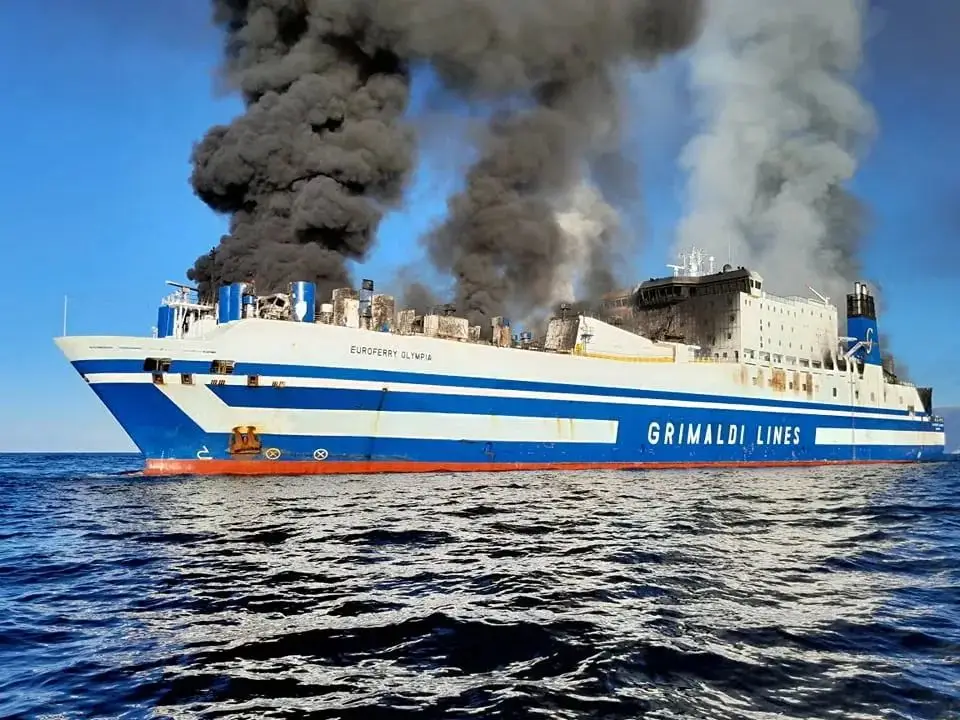
The world’s most authoritative shipping journal, Lloyd’s List, has stated that just two major Ro-Ro accidents per year are enough to offset the entire global insurance premiums for this sector.
From the incident, it is clear that while the crew attempted to suppress the fire with the CO2 fire suppression system as soon as it was detected, the results were minimal. In fact, both active and passive CO2 suppression systems can only provide short-term suppression in cases of EV fire, and cannot fully control the blaze to prevent further escalation. Furthermore, the fact that the crew had to manually activate the suppression system indicates that the ship was using a passive suppression system, which required crew intervention after the fire was detected. This likely contributed to the failure to control the fire early on.
Safeprotex recommends that Ro-Ro ships be equipped with specialized EV blankets, in combination with an active fire suppression system (a system that detects fire and automatically activates the suppression system and alarms). The crew can then proceed to the affected area, use the EV blanket to cover the affected vehicles, prevent fire spread, and move other vehicles to create a safe zone. This approach ensures that the fire can be contained while minimizing risk.
In any case, this fire should have been prevented. Safeprotex, as a professional fire safety product manufacturer, is committed to providing comprehensive fire safety solutions for global enterprises to prevent such incidents from occurring in the future.

